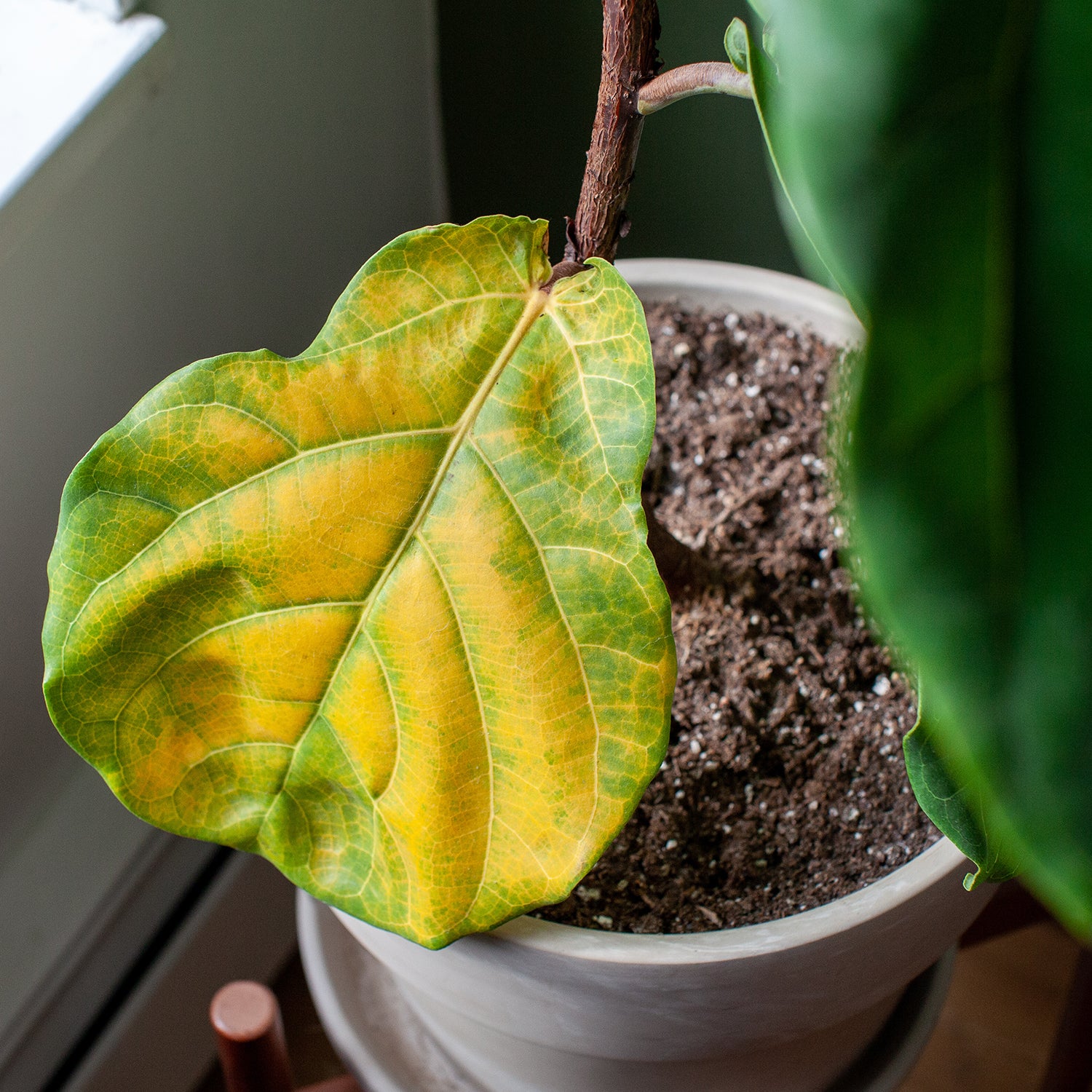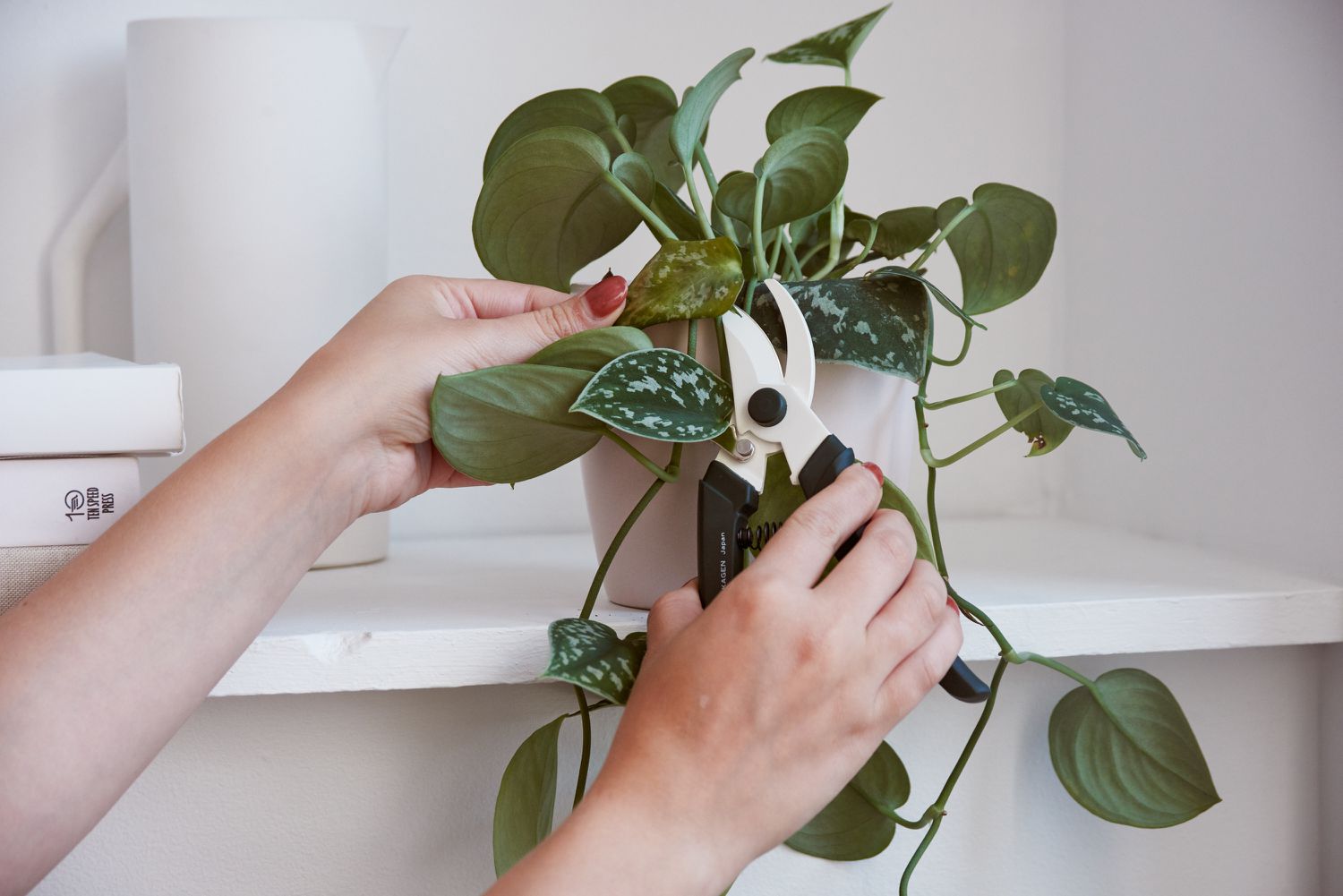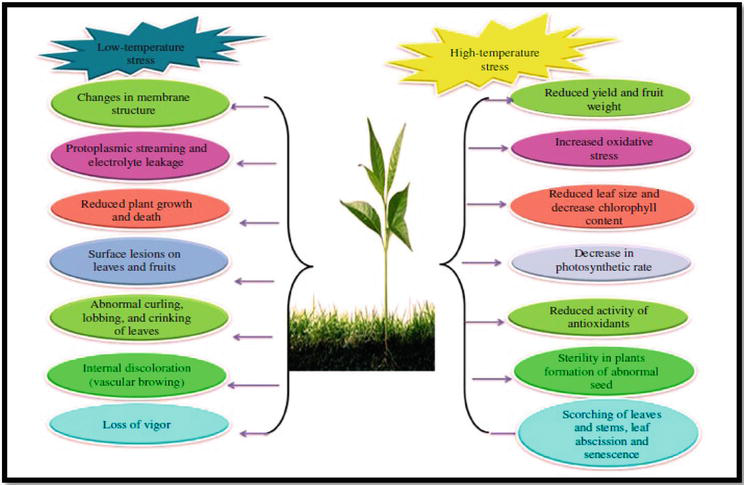Why are ficus leaves yellowing
Ficus plants are popular houseplants known for their lush green leaves and low maintenance requirements. However, one common issue that many ficus owners encounter is yellowing leaves. If you’re noticing your ficus leaves turning yellow, it’s important to understand the potential causes and how to address them.
1. Overwatering
One of the most common reasons for ficus leaves to turn yellow is overwatering. Ficus plants prefer well-draining soil and do not like to sit in water. If the roots are constantly wet, they can become waterlogged and lead to yellowing leaves. To prevent overwatering, make sure to allow the top inch of soil to dry out before watering again.
2. Underwatering
On the flip side, underwatering can also cause ficus leaves to yellow. If the plant isn’t receiving enough water, its leaves may wilt and turn yellow. To remedy this, water your ficus plant when the top inch of soil feels dry to the touch. Be sure to water thoroughly, allowing the excess water to drain out of the bottom of the pot.
3. Sunlight exposure
Ficus plants thrive in bright, indirect light. If your ficus is not receiving enough sunlight, its leaves may turn yellow and drop. Place your ficus plant near a window where it can receive plenty of natural light throughout the day. Avoid placing it in direct sunlight, as this can scorch the leaves and cause them to yellow.
4. Nutrient deficiency
If your ficus leaves are yellowing, it may be a sign of nutrient deficiency. Ficus plants require regular feeding to stay healthy and vibrant. Consider using a balanced fertilizer formulated for indoor plants to provide the necessary nutrients. Follow the instructions on the fertilizer package for best results.
5. Pests
Pests such as spider mites, scale insects, and mealybugs can also cause ficus leaves to yellow. Check your plant regularly for any signs of pests, such as webbing, sticky residue, or tiny insects. If you notice an infestation, treat your plant with insecticidal soap or neem oil to eliminate the pests.
6. Temperature fluctuations
Ficus plants are sensitive to temperature changes. If your ficus is exposed to drafts, cold temperatures, or sudden changes in temperature, its leaves may yellow and drop. Keep your ficus away from drafty windows or doors, and maintain a consistent room temperature to prevent stress on the plant.
7. Root rot
If your ficus leaves are yellowing and the soil is consistently damp, it may be a sign of root rot. Root rot is a serious condition caused by fungal pathogens that thrive in wet conditions. To prevent root rot, make sure your ficus plant is in a well-draining pot and avoid overwatering.
8. Stress
Lastly, ficus plants can become stressed due to changes in their environment, such as a move to a new location, repotting, or changes in watering schedule. Stress can manifest in yellowing leaves. Give your ficus plant time to acclimate to its new surroundings and provide consistent care to help it recover.
In conclusion,
Yellowing ficus leaves can be a cause for concern, but with the right care and attention, you can help your plant recover and thrive. By addressing the potential causes of yellowing leaves, such as overwatering, underwatering, sunlight exposure, nutrient deficiency, pests, temperature fluctuations, root rot, and stress, you can ensure that your ficus plant remains healthy and vibrant.



